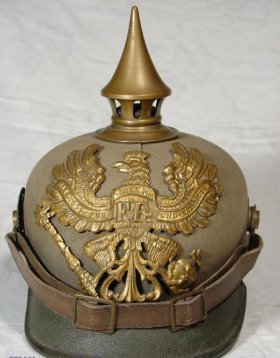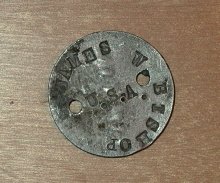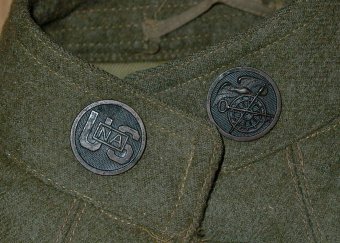I acquired this US jacked which may be WWI era or later. Can you give me any hints in the type/date?
The material is a kind of stiff felt. The insignia on the collar button seem to indicate US navy. There also was a metal plate in the pocket with the name James Bishop and a number - maybe a dog tag.




The material is a kind of stiff felt. The insignia on the collar button seem to indicate US navy. There also was a metal plate in the pocket with the name James Bishop and a number - maybe a dog tag.







